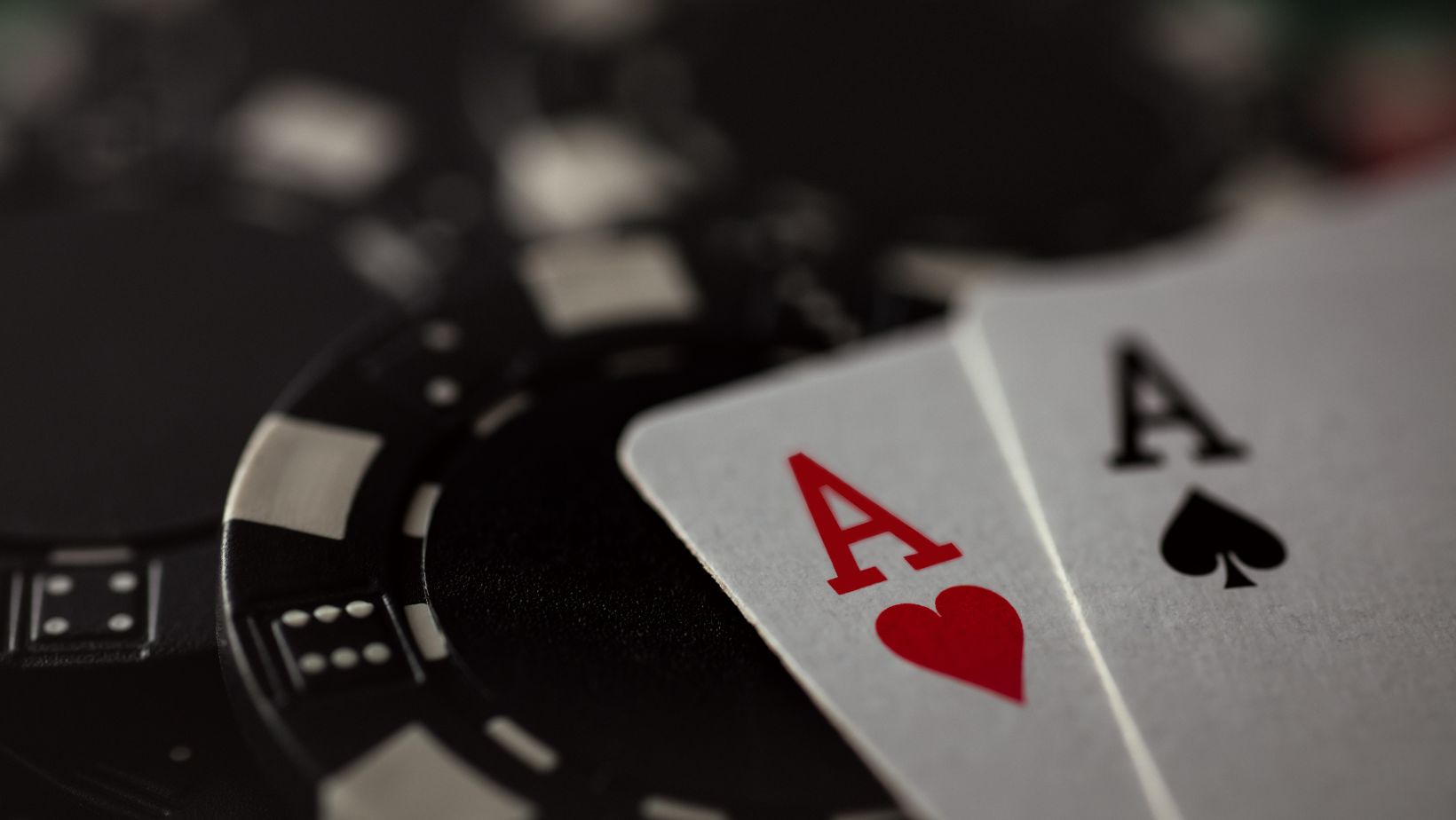From the dazzling lights of Las Vegas to the high-stakes tables of live Mega Fire Blaze Roulette, casino movies have long captivated audiences with their tales of glamour, risk, and fortune. But how much truth lies behind the glitzy facade of these cinematic adventures? In this exploration, we dive into the real stories that inspired some of the most iconic casino movies, revealing the drama that unfolded beyond the silver screen.
“Casino” (1995): Mob Influence in Sin City
Martin Scorsese’s “Casino” is a cinematic masterpiece that delves into the underbelly of Las Vegas during the 1970s and 1980s. The story is based on the real-life experiences of Frank “Lefty” Rosenthal and Anthony Spilotro. Rosenthal, portrayed by Robert De Niro in the film, managed the Stardust Casino, while Spilotro, played by Joe Pesci, was a feared enforcer with ties to organized crime.
The movie mirrors the turbulent events that unfolded in the Stardust Casino, including skimming operations, power struggles, and the eventual downfall of the mob’s influence in the Las Vegas casino scene. While the characters and certain plot elements are dramatized for cinematic effect, “Casino” remains a riveting glimpse into the darker side of Sin City’s history.
“21” (2008): Card Counting and the MIT Blackjack Team
“21” is a thrilling tale of a group of MIT students who master the art of card counting to gain an edge in blackjack and beat the house. While the movie takes creative liberties with the narrative, it is loosely based on the real-life exploits of the MIT Blackjack Team.

In reality, a group of students and alumni from the Massachusetts Institute of Technology did form a blackjack team that employed sophisticated card counting techniques and teamwork to amass significant winnings in casinos across the United States. The film captures the excitement and tension of their high-stakes endeavors, showcasing how intellect and strategy can challenge the odds.
“Ocean’s Eleven” (2001): A Heist Inspired by the Rat Pack
“Ocean’s Eleven,” directed by Steven Soderbergh, pays homage to the Rat Pack era of Las Vegas entertainment. While the film is a modern-day heist caper led by George Clooney’s Danny Ocean, it draws inspiration from the original “Ocean’s 11” (1960), which starred Frank Sinatra, Dean Martin, and Sammy Davis Jr.
The real story behind the movie lies in the camaraderie and friendship of the Rat Pack, who, in 1960, decided to film a heist movie at the Sands Hotel and Casino in Las Vegas. Although the plot differs significantly from the modern adaptation, the spirit of camaraderie and the allure of the casino are central themes that link the two cinematic versions.
“Rounders” (1998): High-Stakes Poker and Underground Games
“Rounders” takes viewers into the gritty world of underground poker games in New York City. While the characters played by Matt Damon and Edward Norton are fictional, the movie draws inspiration from the real-life experiences of screenwriter David Levien and Brian Koppelman, who frequented underground poker clubs in the city during the 1980s and 1990s.
The film provides a glimpse into the subculture of high-stakes poker and the complex dynamics of trust, betrayal, and redemption. The underground poker scene depicted in “Rounders” reflects the allure and risks associated with the world of professional poker players operating outside the confines of mainstream casinos.
“The Cooler” (2003): Luck and Love in Sin City
In “The Cooler,” William H. Macy plays a “cooler” – a man whose mere presence at a casino table brings bad luck to winning streaks. While the concept of a cooler is fictional, the movie explores the themes of luck, love, and redemption against the backdrop of a Las Vegas casino.

The real story behind “The Cooler” lies in the creative imagination of the filmmakers, using the concept of a cooler as a metaphor for life’s unpredictable twists and turns. The movie invites viewers to reflect on the interplay of luck and love in the context of the vibrant and unpredictable world of a casino.

